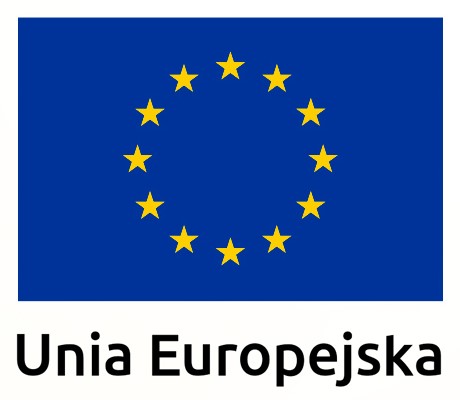What is the difference between cold stamping and hot stamping

Nowadays, producers have many possibilities to encourage customers to buy their items. They can invest in appropriate advertising and attract the buyer's attention with the design of the products. Among the options they are using more and more often is the print finishing of labels found on products. Depending on their needs, they choose either cold stamping or hot stamping. What are the differences between these techniques? Read the article and you will get to know them better!
What is cold stamping?
The two solutions differ in the use of a different temperature during print finishing. In the first case, we use a polymer plate to increase the visual appeal of the label by printing it cold. Cold stamping is one of the extremely impressive techniques for beautifying labels. The resulting label is distinguished by a striking appearance that draws the attention of buyers. The cold stamping method is chosen by, among others, producers of articles in the cosmetics and chemical industries. This solution is also recommended in the chemical sector.
The technique itself is based on the application of UV-cured adhesive to the label. It is applied to the areas where cold stamping is to be located. After the application, the next step is to press a film with the selected dye onto the adhesive areas. It can be silver and then we speak of silvering or gold ("gold plating"). With the help of such finishing, you can see subtle silvering or golding of individual writings on self-adhesive labels. Specific graphic elements can be decorated in this way, adding elegance to the whole.
What is hot stamping?
Compared to the first method, the second uses the properties of high temperature. The plates used in printing machines are made of heat-conductive plastic. Hot stamping is known by the term thermal printing, and can be easily recognized by the clearly visible highlights of the form. It is one of the most popular print finishing techniques, giving an extremely attractive visual effect. For this reason, it is ideal for decorating packaging.
In addition to relief stamps, the hot stamping method uses a special hot stamping film. After selecting the area where the printing is to be placed, it is covered with the film. Under the influence of high temperature, the printing form with a relief drawing transfers the foil to the elements to be refined . It is pressed against the surface to produce a metallic foil-coated relief lettering or graphic. Hot stamping can be used to create motifs on textured surfaces. In addition to paper, it can be used on plastic, glass, metal or wood, for example.
What is better: cold or hot stamping?
What the printing company's customer will bet on depends on several factors. Both methods have their advantages and disadvantages, so it is up to the customer to make the final decision. In terms of history, cold stamping is much older. It has existed for hundreds of years, while hot stamping has only been used since the 19th century. The former print finishing variant uses less energy than the second one. This means that it is much more environmentally friendly, which is of extreme importance for many producers today.
The main advantage of cold stamping and hot stamping is its price. The cost of preparing printing forms is definitely higher with hot-stamping. Hot-stamping, however, offers higher print quality. However, the decision is always up to the customer.
Where is it worth printing labels?
We encourage you to follow our upcoming posts. We will lean over the various printing and finishing techniques in them, bring you closer to the methods of improving the quality of your labels, and allow you to compare the options available from the printing companies. Learn more about cold and hot stamping, find out the main differences between them and decide which solution will be better for you. We invite you to read more!









